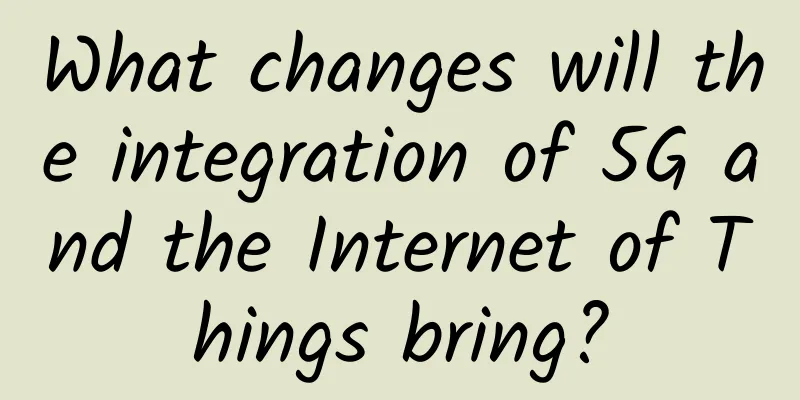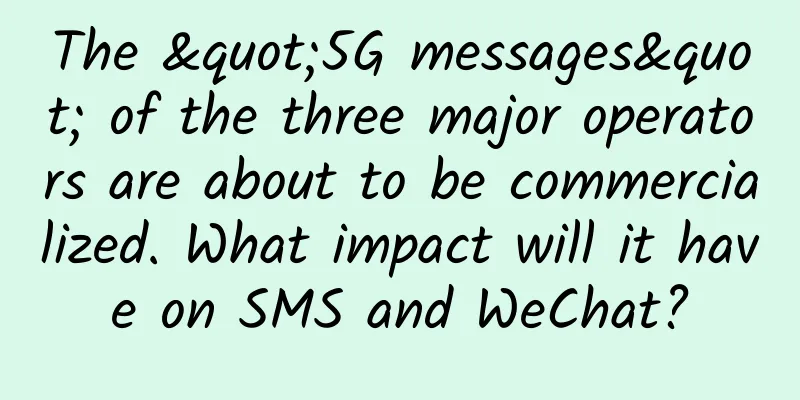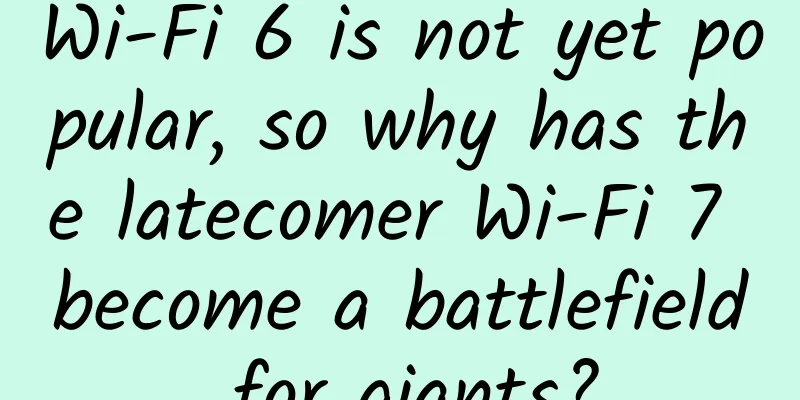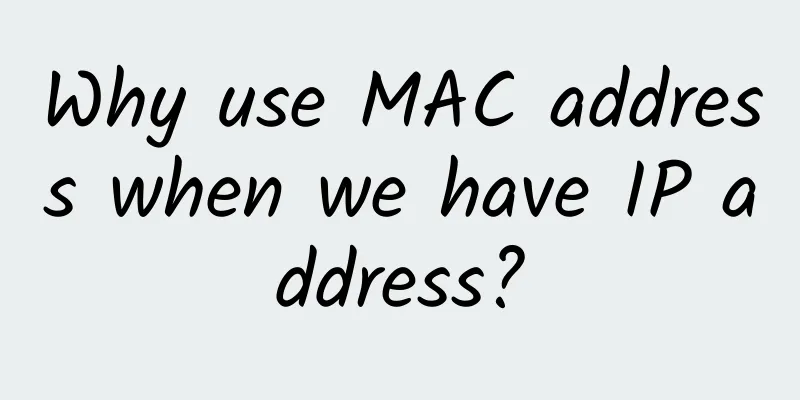How intermittent-link ribbon fiber revolutionizes the communications industry
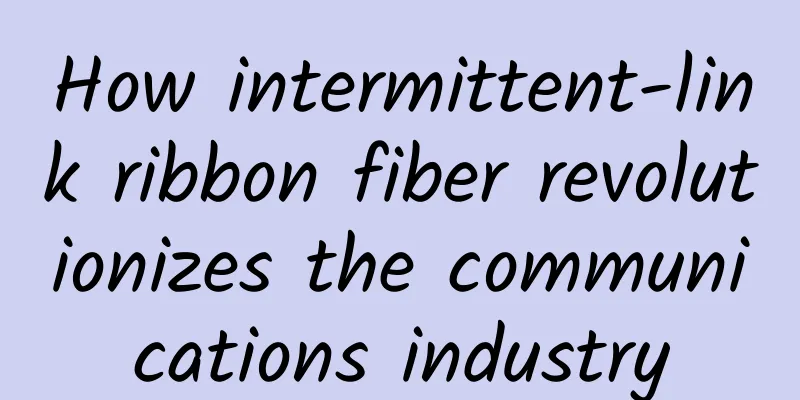
|
Fiber optic technology has revolutionized communications, transmitting large amounts of data much faster than copper cables. However, the practical application of these fibers requires the use of cables containing multiple fibers. This can be done in two ways: loose tube and ribbon. Ribbon fiber, mainly intermittent link ribbon fiber, has become the current industry trend due to its ability to form high-density cable connections. These use G652D compatible A1 fibers with a small bend radius. Intermittently bonded ribbon fiberTraditionally, optical fibers are bonded together using acrylic materials to form ribbon fibers. These ribbon fibers improve the packaging and splicing efficiency of non-ribbon fibers, allowing ribbon fibers to be packed more densely and spliced faster. For example, in a ribbon with 12 fibers, 12 fibers can be spliced at the same time. But a single ribbon must be spliced for standard non-ribbon fibers. Ribbon fibers offer higher packaging efficiency than conventional non-ribbon fibers. However, the stacked ribbons form a cubic structure within a cylindrical tube, which wastes a lot of space. Intermittently bonded fiber solves this problem by making the ribbon reelable. These ribbons have bonded areas and unbonded areas. In the bonded areas, adjacent fibers stick together. In the unbonded areas, adjacent fibers can move independently. Since the fibers near the unbounded areas can move, the ribbon can be rolled without causing tension. These ribbon fibers look similar to a spider web when stretched laterally, so they are also called spider web fibers. Advantages of intermittent bonded ribbon fibersThese bonded ribbon fibers offer all the benefits of regular ribbon fibers, including: Easier to handle: Ribbon fiber is easier to handle because it weighs less than the same amount of traditional fiber, so it can be packed more efficiently. It also requires less jacket material. High density: Ribbon fiber packaging is highly efficient; ten times as many fibers can be accommodated in a tube with only twice the radius. Splicing efficiency: The entire strip can be spliced at the same time, making the splicing process faster. Cost efficiency: Ribbon fiber is cost-effective for higher fiber counts because the higher cost of purchasing the fiber can be offset by the lower installation cost. Intermittently bonded ribbon fiber offers all of the above advantages and more: Higher fiber counts: After the fibers are intermittently bundled, they are rolled into bundles and sleeved into cylindrical tubes. Compared to stacked standard ribbons, these bundled structures have higher packaging efficiency in these tubes, providing more fibers in the same volume. Less bonding material: The fibers in the ribbon only need to be bonded intermittently. Therefore, less bonding material is required to bond these types of fibers. High Strength: A central material is required to transmit these ribbon fiber types in a loose tube configuration; this makes the cable very strong. Mid-span access protection: These fibers provide an extra layer of protection when only a few fibers in a fiber need to be spliced (mid-span access). During this operation, only one loose tube in the fiber is used. This can be seen in FTTH networks where one fiber cable leads to the customer end. Intermittently-connected ribbon fiber use casesHigh fiber and high access required for data centersAs cloud computing becomes more popular, the pressure on data centers to achieve high performance is increasing. In addition, these data centers are located in densely populated cities with high data consumption. Intermittently linked ribbon fiber will provide high fiber counts in a small space. Tighter bendsThe intermittently bonded ribbon fibers are flexible in nature and the fiber used is the bend-resistant G.652.A1 fiber. This means that these fibers can be installed in tight spaces where high fiber length is required. Intermittent Link Ribbon Fiber MarketThe fiber optic market size is likely to reach USD 8.2 billion by 2027 from USD 4.9 billion in 2022. The increase in demand for high bandwidth is primarily due to the increase in high-capacity data centers, 5G and FTTX deployments, and the rollout of new fiber optic networks that require higher bandwidth products. The telecommunication industry will see the highest volume of applications during the growth period. Increasing subscriber base and decreasing prices are the major factors driving the market growth. These applications include video streaming, gaming, and infotainment. Due to the pandemic, individuals’ need for increased bandwidth has also increased. Covid-19 increased the popularity of working from home. After the pandemic, the popularity remained the same. These views have clarified the necessity of high-density optical cables, such as intermittently linked ribbon fibers. In addition, one of the challenges in the current market is the deployment of optical fiber in unusual terrains, including slopes and underwater. These places require optical fiber that is easy to handle. Intermittently bonded optical fiber can solve this problem because it has a high packaging efficiency. Therefore, for the same number of fibers, a smaller fiber diameter can be used. This means that a smaller diameter tube can be used and less material is used, thereby reducing the overall weight of the optical cable. SummarizeIntermittent-link ribbon cables have more optical fibers than corresponding conventional ribbon cables of similar size. High-density optical cables are necessary because of the increasing demand for high-capacity data transmission. Reasons include 5G deployment and the general increase in demand for high-speed internet, and new digital products often have high data demands. As a result, intermittent-link ribbon fiber has revolutionized the communications industry by enabling high data speeds. FAQQ: What does splicing mean?Fiber splicing means connecting them. The two splicing methods are mechanical splicing and fusion splicing. In mechanical splicing, two optical fibers are fixed together so that the light signal can pass from one fiber to another; while the fusion splicer permanently connects two optical fibers. Q: Why can intermittent link ribbon optical fiber be curled?Intermittently bonded ribbon fibers are coilable because the fibers in the unbonded sections can move independently of their adjacent sections. Therefore, unlike conventional ribbon fibers, they do not experience stress when coiled. Q: Why is intermittent link ribbon fiber stacking efficiency high?Intermittently bonded optical fibers have high packaging efficiency because the tubes that contain the optical fibers are cylindrical. These optical fibers almost completely fill the cylindrical structure when rolled or bundled. In contrast, conventional ribbons have a stacked structure that cannot fill the cylindrical tube. Q: What is the relationship between A1 fiber and intermittent link ribbon cable?A1 fiber refers to ITU-T fiber specification G.657. A1 is bend-resistant fiber. Its bending radius is very short, which means that these fibers can be used in tight spaces and make short rolls. Therefore, these fibers are more suitable for making high-quality intermittent link ribbon fibers. |
<<: Let's talk about network programming
>>: The role of fiber in integrated infrastructure development
Recommend
RackNerd: Cheap VPS hosting starting from $10/year, self-service IP change, multiple data centers in San Jose/Los Angeles/Seattle/New York, etc.
RackNerd should be one of the merchants that curr...
50% of CIO panel members predict that 5G will drive the development of the Internet of Things
A panel of 12 technology experts (also known as t...
80VPS: AMD Ryzen+NVMe products and new platforms are 50% off, and annual payment starts from 349 yuan in Los Angeles Cera data center
80VPS is a long-established Chinese hosting compa...
2G is shut down in many places. How can NB-IoT and Cat.1 seize the opportunity in the reshuffle?
It's the start of the new school year again, ...
In the new communications era, what opportunities and challenges does video compression technology face?
With the development of communication technology,...
Wi-Fi chip supply shortage will not be significantly alleviated, and the release of 28nm new production capacity may become the key
According to Electronic Times, industry sources r...
BuyVM restock, 1Gbps unlimited traffic in Las Vegas/New York/Miami/Luxembourg and other data centers starting from $3.5/month
BuyVM has currently restocked a large number of V...
Wi-Fi 7 is on the way, how powerful is it?
In 2019, Samsung and Apple were the first to intr...
Deepin Technologies was invited to attend the first Feiteng National Ecosystem Partner Conference
On December 19, 2019, Hangzhou DPtech Co., Ltd. (...
IPv6 large-scale deployment is ready to go, and the Internet of Things may become a "killer application"
With the exhaustion of IPv4 address resources and...
Ultra-wideband is no longer a highlight: 10 thoughts on 6G by Wu Hequan, an academician of the Chinese Academy of Engineering
At the Global 6G Technology Conference held recen...
20 industries that 5G technology can change
5G is changing the way we connect. The technology...
5G helps digital transformation of smart railways
In recent years, under the guidance of the "...
"Prevention" is the key! The three major operators have taken multiple measures to help resume production and work
With the end of the extended Spring Festival holi...
Ruijie Networks kicks off its "Renewal Action" with the 2023 National Partner Conference
On April 7, the Ruijie Networks 2023 National Par...
